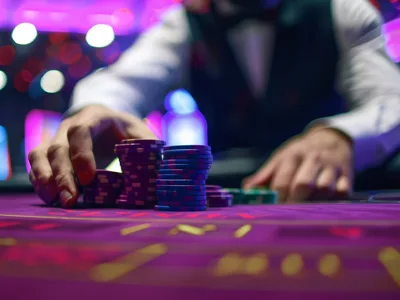Knowing when to push for value and when to back off is what separates casual players from winners
In Spanish 21, adjusting your strategy based on the dealer’s up card is critical if you want to minimize the house edge and make the most of the game’s unique rules. Unlike standard blackjack, Spanish 21 is played with a 48-card deck — all 10s are removed — which changes the dynamics significantly, particularly in how you respond to the dealer’s visible card.
When the dealer shows a 2 through 6, commonly called a “dealer bust card,” you generally want to be more aggressive with double downs. Spanish 21 allows doubling down on any number of cards and often offers bonuses for doing so successfully.
If you have a soft hand (an ace plus any other card), or a hard total between 9 and 11, these are ideal opportunities to double down when the dealer shows a weak card. This is also the range where you might consider standing on a soft 18 or 19, depending on the number of decks and specific house rules.
If the dealer is showing a 7 or higher, your strategy should shift toward caution. These are strong cards that often result in made hands of 17 or better. You’ll want to hit more often to avoid standing on weak totals that can’t compete.
Even with hands that you might normally double down with, such as a hard 11, it’s wise to calculate your risk more carefully. Since the lack of 10s in the deck reduces the number of “perfect” double-down hits, it’s not always a slam-dunk decision.
Spanish 21’s liberal rules—like late surrender, player blackjacks always winning, and double down rescue—give you tools to manage difficult situations. For instance, if you double against a strong dealer card and draw poorly, some rules allow you to surrender and lose only the original bet.

